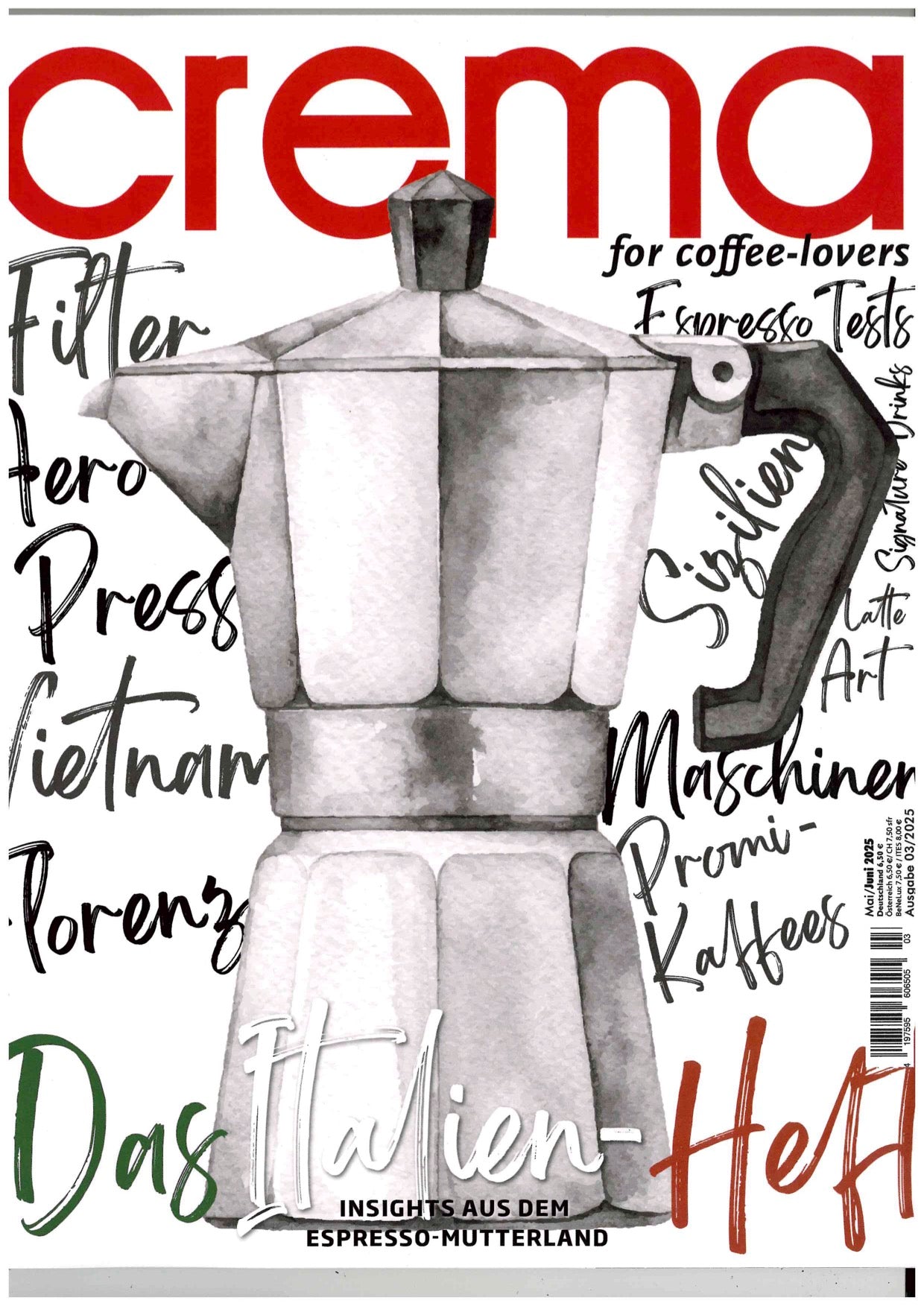When the coffee beans are delivered to the roastery, they are still green.
In order for you to enjoy your coffee in the morning, the beans must first be roasted.
Roasting using the drum roasting method is a continuous, gentle process. The heat supplied in the drum causes the coffee bean to react. The color, shape, weight, volume and ingredients change.

Each coffee bean must "crack" during the roasting process. As with popcorn, this bursting is noticeable acoustically with a subtle crackling sound. This first crack, in which the moisture escapes from the bean, takes place at a temperature of 190°-200°C, depending on the roaster and the conditions. The bean turns brown - the color we know it to be. The longer the beans are roasted, the darker they become and the more their taste changes.
In artisanal coffee roasting, the roasting temperature usually never exceeds 235° C and lasts 15 - 20 minutes, which is significantly longer than industrial shock roasting. For this, 3 - 4 minutes of roasting time is usually sufficient, at roasting temperatures of 550° - 600° C. This means that costs can be reduced and larger quantities can be produced. From a purely economic point of view, slow roasting has a financial disadvantage. But the advantages in terms of the taste of slowly roasted coffee are overwhelming. AND that is exactly the task and daily challenge of every specialty roaster. To get the optimal taste out of each bean with all its peculiarities. It is about the perfect interplay of bitterness and acidity. These are precisely the positive effects of the slow roasting process.

During industrial roasting, the high temperatures cause the beans to turn brown very quickly on the outside and release water on the surface, while the core of the bean remains almost untouched. The disadvantages of shock roasting for consumers are obvious. The beans are not properly cooked on the inside. Chlorogenic acid cannot be broken down effectively. This ingredient can lead to stomach problems.
How long the coffee is roasted for and at what temperature depends on which natural aromas of the individual coffee are to be highlighted. Basically, a distinction is made between light (~195° to 205°C), medium (~205° to 220°C) and dark roast (~220° to 230°C). The natural flavor profile of the coffee shines through more clearly when it is roasted lighter. The darker the beans are roasted, the more the acid and caffeine content tends to decrease. However, this also depends on which acids and how much caffeine are contained in the raw bean. Medium roasting gives the coffee more body and is also a little more bitter. Accordingly, dark roasted coffee has little acidity, but a lot of body and bitterness. Instead of fruit, it tastes like chocolate with a high cocoa content. Dark roasting is particularly popular for espressos.









